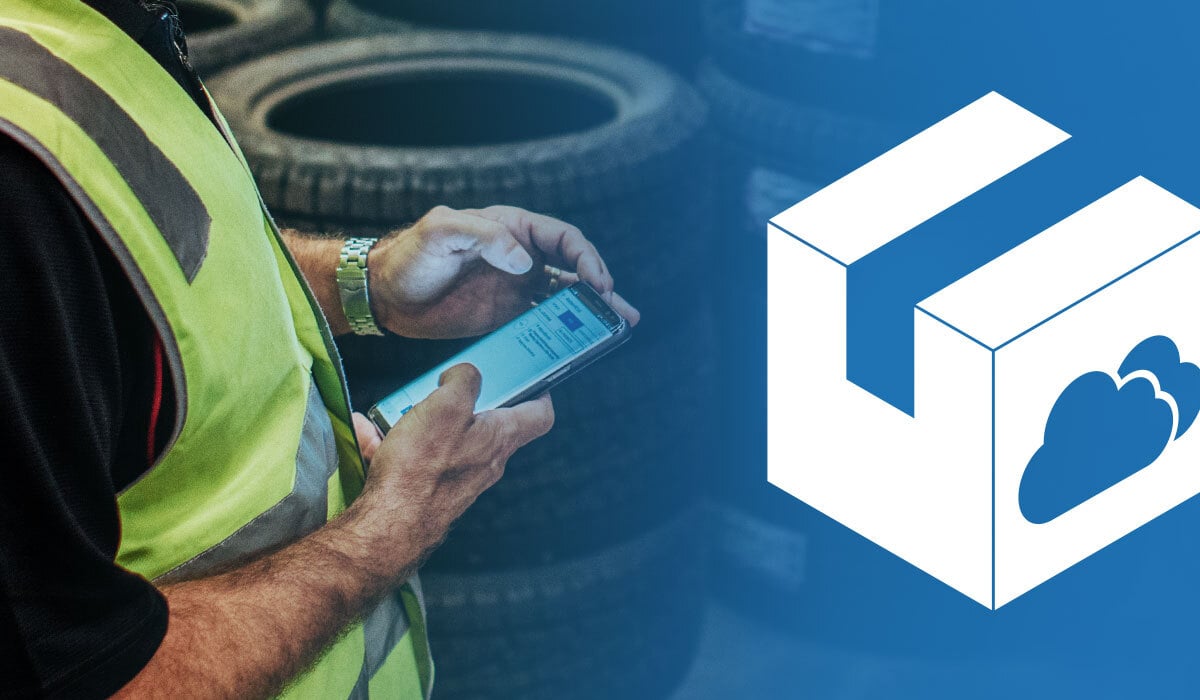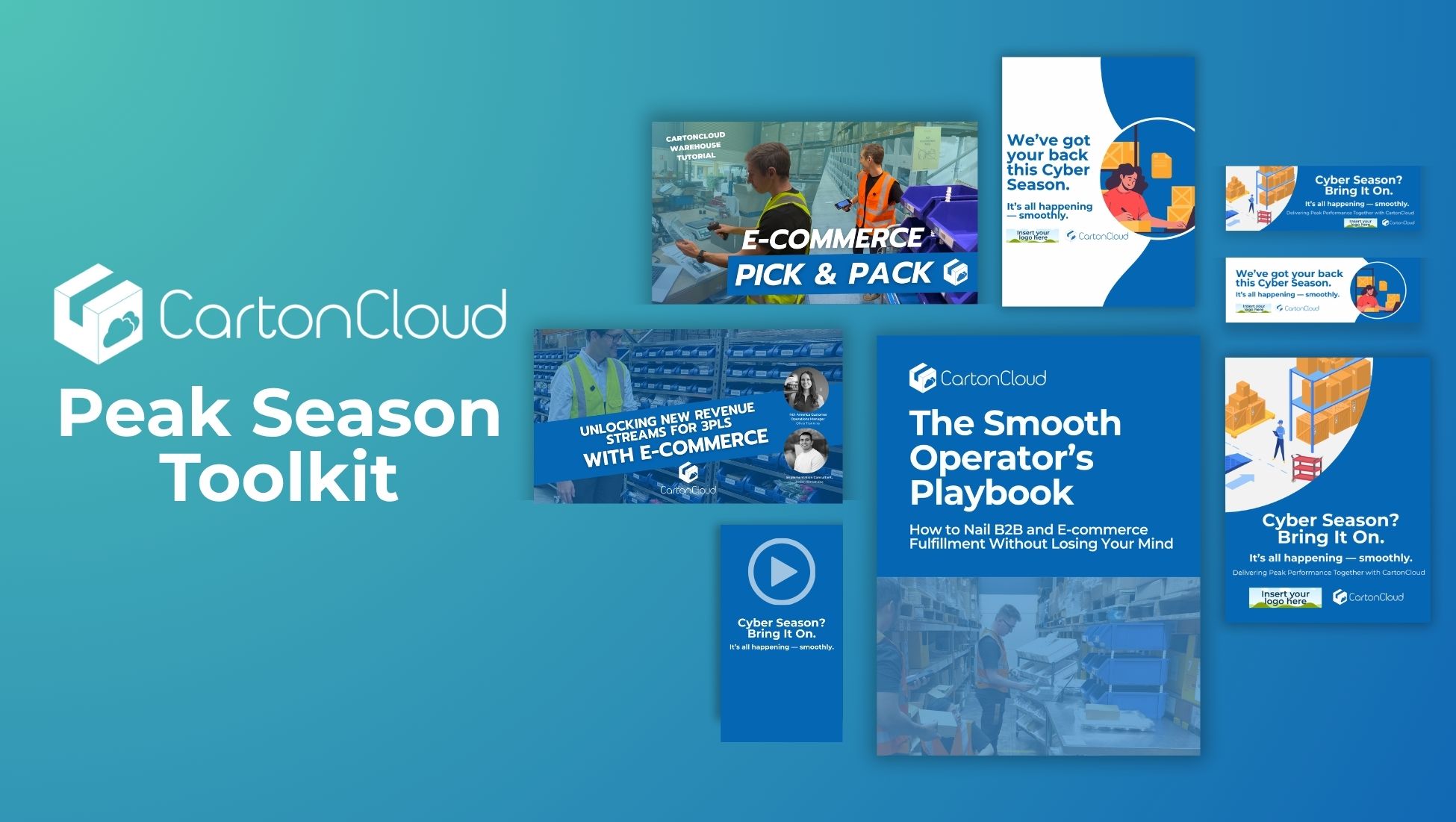What is cash on delivery in last mile logistics?

If you’re a business owner who sends or receives freight regularly, you’ve no doubt heard of Cash on Delivery. But what is it? And what are the dangers involved?
In this blog post, we’ll be sharing some of the team's own real experiences with cash on delivery, and how to improve your company's financial security with a cloud-based TMS.
What is cash on delivery in last-mile logistics?
Cash on Delivery does not necessarily mean paying with cash. Cash on Delivery (also known as COD) is simply a term used in logistics to describe any payment of goods upon delivery.
Usually, companies will arrange for payment in advance, where goods are purchased ahead of shipment. Cash on Delivery is widely being phased out of practice in logistics companies, in lieu of digital payments and business credit accounts.
Many logistics companies have transitioned away from cash-on-delivery for security reasons and efficiency, opting for cloud-based TMS software with automatic billing and invoicing.
In this video Tony shows how automated rates and invoicing work within CartonCloud's TMS.
When is cash on delivery used in transport?
Whilst we’re not advocates of using the COD process, there can be some reasons businesses may want to use this payment option:
- Depending on the service model being provided, it can provide a chance for the customer to review the delivery prior to making payment to the delivery driver.
- With cash on delivery, businesses who are short on cash flow can make an instant payment to receive goods, instead of waiting days or weeks for arrival.
- Cash on delivery can also allow the sender to receive instant payment for the exact amount on the day, instead of waiting (and taking risk) for the payment through a credit account.
However, for most companies, these scenarios are ad-hoc and difficult to plan for. Most growing logistics companies will want to have oversight of orders and payments in advance, in order to plan and optimize their operations with clear oversight and up-to-date data.
Cash on delivery disadvantages
The main disadvantage of Cash on Delivery is intentional driver theft. If you have poor systems in place, then some drivers can take advantage by taking customer payments, either in bulk or in small parts. This company lost $8,000 through this fundamental error, and other businesses have had bigger losses.
Another disadvantage is the inaccuracy of using a paper-based solution with manual data entry. Not only is it less efficient and more likely to have accidental human errors, it also requires a lot of time for the driver to navigate payment during delivery runs, and even more time in administrative paperwork to go back through receipts and payment records at the end of each day.
Cash on delivery and Electronic Proof-of-Delivery
Deliveries, without the headache. Electronic Proof of Delivery (ePODs) allows drivers to capture delivery information nd confirmation directly into the TMS through the driver mobile app. This simplifies deliveries, meaning drivers don't need to carry paperwork with them when completing a delivery, or bring any paperwork back to the office.
The CartonCloud driver app has a record of the deliveries assigned to that driver, provides route optimization and driver navigation to each delivery. As they complete the delivery, the driver can capture the delivery signature using sign-on-glass, and attach any notes or images to the electronic docket — which is automatically sent to the TMS for invoicing and delivery tracking. It simplifies deliveries for your driver and makes accuracy and accountability so much easier.
Can Cash on Delivery be captured through a cloud TMS?
If you have a customer or scenario where you need to accept cash on delivery, don't worry. CartonCloud's TMS software still allows drivers to receive cash on delivery payments, with the amounts and signatures updated in real-time at base stations.
We've taken steps to ensure accuracy and accountability when collecting cash on delivery. Drivers using the CartonCloud mobile TMS app can collect signatures on the mobile application using sign-on glass, and for jobs requiring COD, they first must confirm within the system that yes, they received the money, or if they didn't, then they have to provide a description of why. The system then runs through a full workflow to track which drivers have collected which cash, what money has been returned back following each run, and what then happened with that money.
This ensures your records are up to date, payment is captured into your system accurately, and you can operate with the flexibility you need.
It's simple, accurate and most importantly — easy to use for your drivers!
Want to know more?
Give us a call to see if we can eliminate the headaches in not just COD, but in many aspects of freight delivery and warehousing operations.
Our friendly team have expert experience and knowledge of the logistics industry, and can provide advice and support to ensure you get the most from your system. Get in touch today to book a free demo tour of our software and see how CartonCloud can simplify your transport operations.
Subscribe to CartonCloud



.webp)
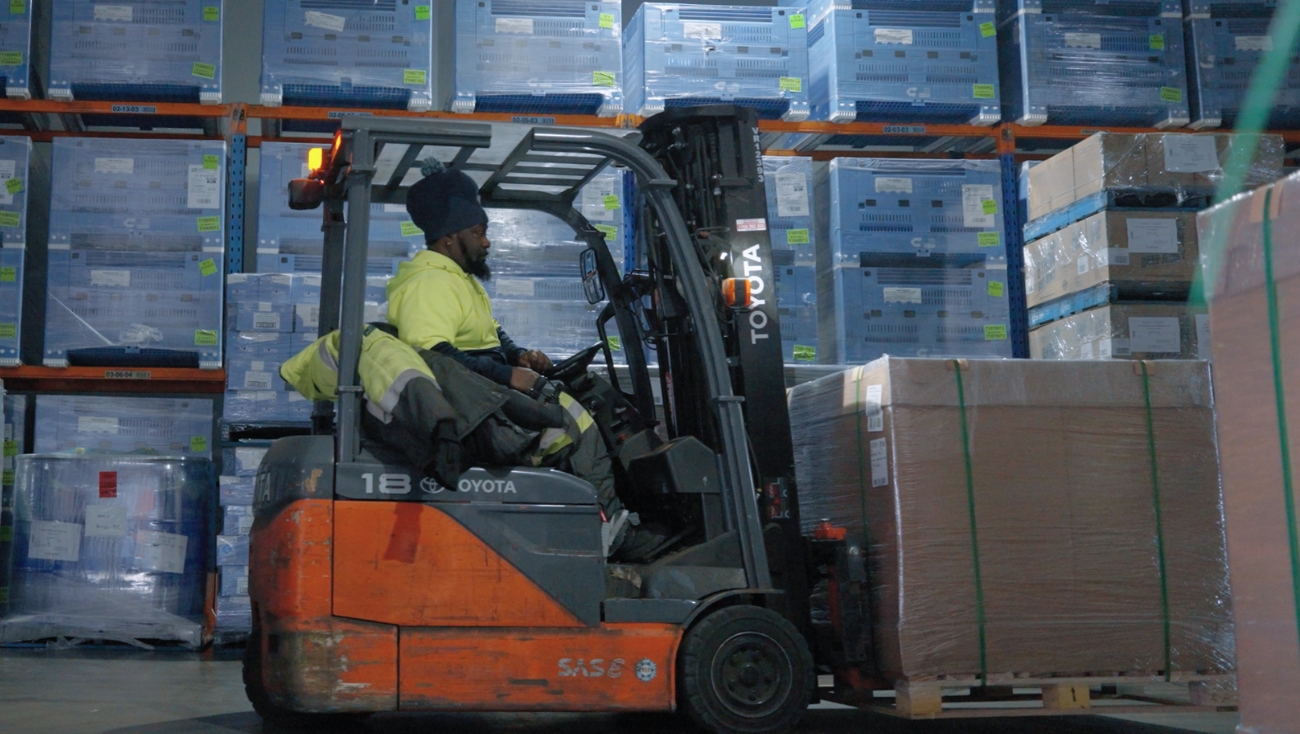
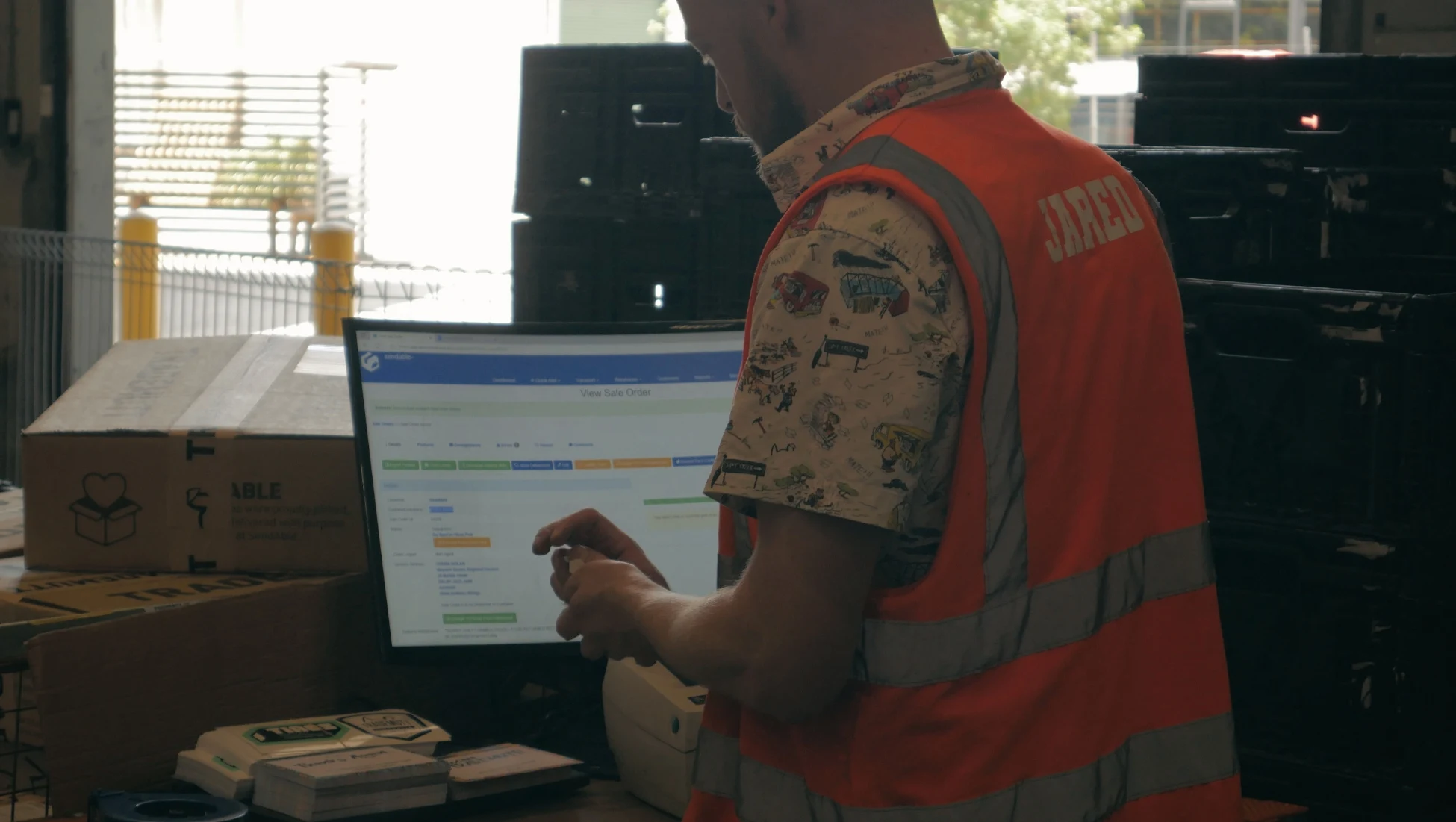

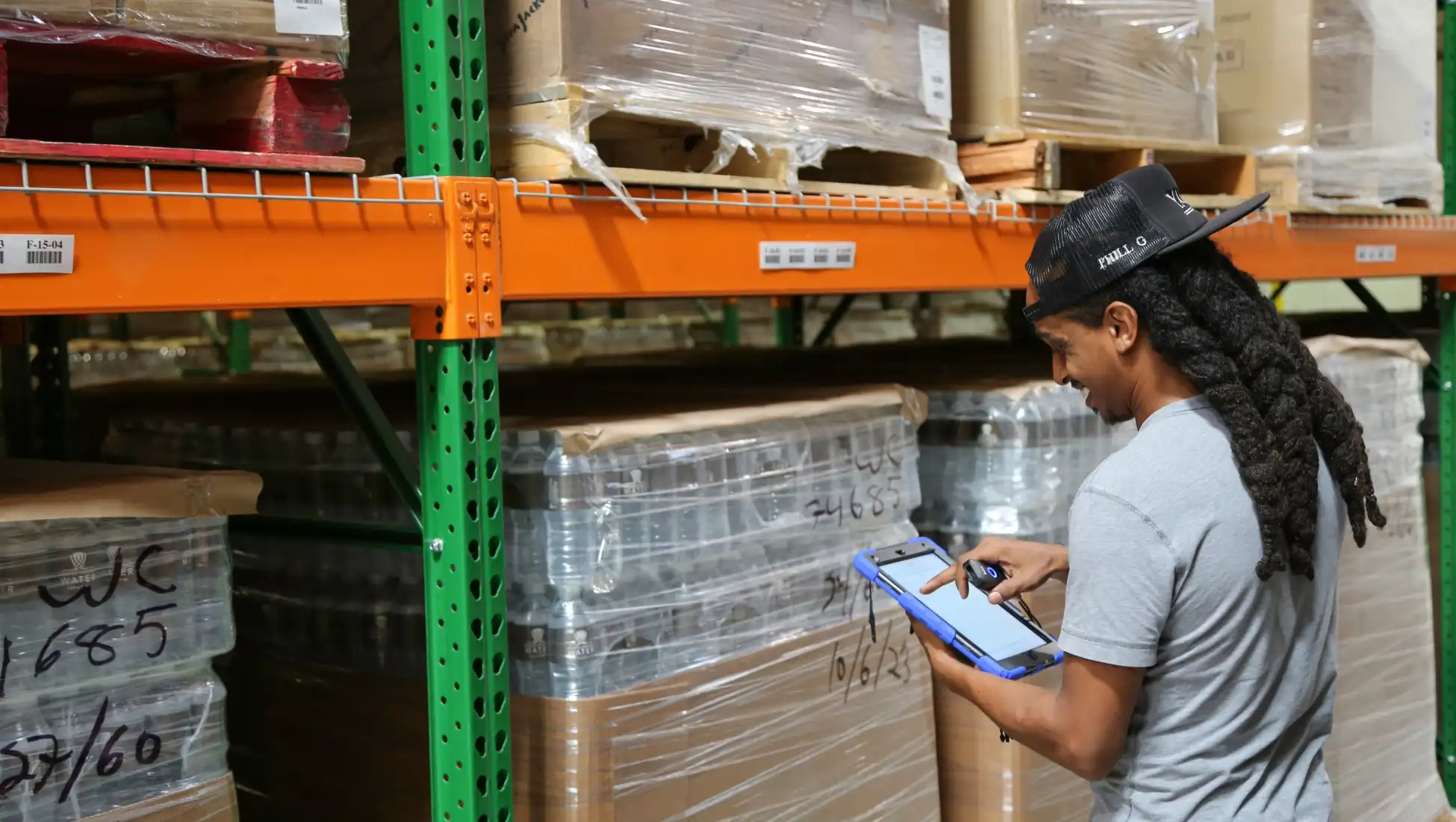
.webp)


